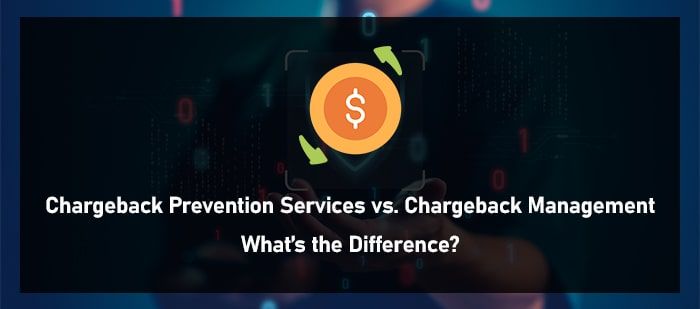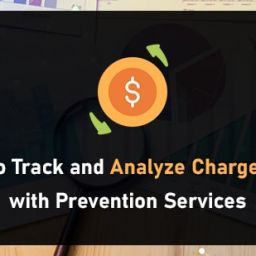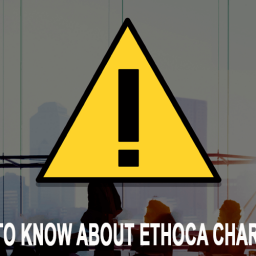
Introduction to Chargebacks
In today’s digital marketplace, chargebacks have emerged as a major challenge for businesses, particularly those operating online. When a customer disputes a transaction, the card issuer may reverse the charge, leading to a chargeback.
Originally intended to protect consumers from fraud and unauthorized transactions, chargebacks can cause significant headaches for merchants. They not only result in lost revenue but also jeopardize a company’s reputation and can lead to higher fees or even the loss of merchant accounts if they occur too frequently.
To mitigate these risks, businesses must adopt strategies that effectively address chargebacks. The two primary approaches are chargeback prevention services and chargeback management. Each plays a critical role in how a business handles disputes and maintains financial stability.
Chargeback prevention services focus on stopping disputes before they start, while chargeback management deals with disputes after they’ve occurred. Understanding the difference between these approaches can help businesses better navigate the complexities of chargebacks, ensuring they minimize revenue loss and protect their standing with payment processors.
Some Related Blogs
- Best Practices for Implementing Chargeback Prevention Services
- How to Integrate Chargeback Prevention Tools with Your Payment Gateway
- What Are Chargeback Prevention Services and How Do They Work?
- Top Chargeback Prevention Services for E-commerce Businesses
What are Chargeback Prevention Services?
Chargeback Prevention Services are designed to reduce the likelihood of disputes before they even occur. These services aim to identify potential risks and implement measures to avert the initial cause of a chargeback. Common strategies employed in prevention services include:
- Fraud Detection Tools: Utilizing advanced technology to spot and stop fraudulent transactions in real-time. These tools analyze transaction patterns and customer behavior to flag suspicious activities.
- Clear Communication: Ensuring that product descriptions, return policies, and billing descriptors are transparent and easy to understand for customers. This minimizes misunderstandings that could lead to disputes.
- Enhanced Customer Support: Providing efficient and accessible customer service to resolve issues before a customer feels the need to file a chargeback.
- Identity Verification: Implementing verification processes, such as two-factor authentication, to confirm the legitimacy of the purchaser.
By addressing the root causes of disputes, chargeback prevention services help businesses maintain healthier relationships with customers and protect their revenue.
Understanding Chargeback Management
Chargeback Management involves a series of steps designed to address disputes after they have been initiated. An effective approach includes several key components:
![]()
Email us anytime!
Email customer service 24/7
![]()
Call us anytime!
Reach customer care 24/7 at +1 (888) 901-8653
- Dispute Analysis: This initial step requires a thorough examination of the chargeback details, including the reason code provided by the card issuer. Understanding the specifics helps determine whether the chargeback is valid or if there are grounds to contest it.
- Representment Process: If the chargeback is deemed invalid, the business can challenge it by presenting evidence that supports the legitimacy of the original transaction. This process is known as representment. Documentation may include receipts, customer communication, and proof of delivery, all of which can help make a compelling case.
- Data Collection and Reporting: Maintaining comprehensive records of all transactions, customer interactions, and disputes is essential. This documentation not only supports current chargeback disputes but also provides valuable insights into patterns and trends that may indicate recurring issues. Regular reporting can guide adjustments in business practices to reduce future disputes.
- Training and Education: Staff should be well-versed in best practices for handling chargebacks and staying up-to-date with evolving regulations and industry trends. Continuous education ensures that the team is prepared to address disputes efficiently and effectively.
These components work together to form a robust chargeback management strategy that can mitigate financial losses and improve dispute resolution outcomes. By systematically analyzing each chargeback, businesses can decide whether to accept the loss or fight it through the representment process. Detailed data collection further enhances the ability to spot trends and implement corrective measures, while ongoing staff education ensures that everyone involved is equipped to handle disputes with confidence.
Incorporating these elements into a chargeback management strategy enables businesses to navigate the complexities of the dispute process more effectively. While prevention is always the first line of defense, having a solid management plan in place ensures that when disputes do occur, they are dealt with in a structured and informed manner.
Differences Between Prevention and Management
Prevention and management strategies for chargebacks serve distinct purposes but are both essential to a robust chargeback strategy. Chargeback Prevention Services adopt a proactive stance, concentrating on identifying and mitigating potential risks before they escalate into disputes. This involves employing fraud detection tools, ensuring transparent communication with customers, offering robust customer support, and implementing identity verification measures. These practices aim to create a seamless transaction process, reducing the likelihood of disputes arising in the first place.
In contrast, Chargeback Management takes a reactive approach, focusing on resolving disputes that have already been initiated. The process begins with a thorough analysis of the chargeback details to understand the reason behind the dispute. If the chargeback appears to be unjustified, businesses can proceed with the representment process, gathering and presenting evidence to contest the chargeback. Maintaining detailed records of transactions and customer interactions is crucial, as it not only supports the current dispute but also helps identify patterns that could lead to future disputes.
Training and education are critical components of chargeback management, ensuring that staff are knowledgeable about best practices and current regulations. This preparedness enables them to handle disputes effectively, minimizing financial losses and improving dispute resolution outcomes.
While prevention services aim to avert disputes, management strategies deal with them after they occur. Integrating both approaches ensures that businesses are well-equipped to minimize chargeback occurrences and handle them efficiently when they do happen. This dual strategy helps protect revenue, maintain positive customer relationships, and safeguard the company’s reputation.
Combining prevention and management tactics allows businesses to take a comprehensive approach to chargeback issues. Prevention services reduce the frequency of disputes by addressing potential issues upfront, while management processes ensure that any disputes are resolved in an organized and informed manner. By employing both strategies, businesses can navigate the complexities of chargebacks more effectively, enhancing their overall financial health and customer satisfaction.





